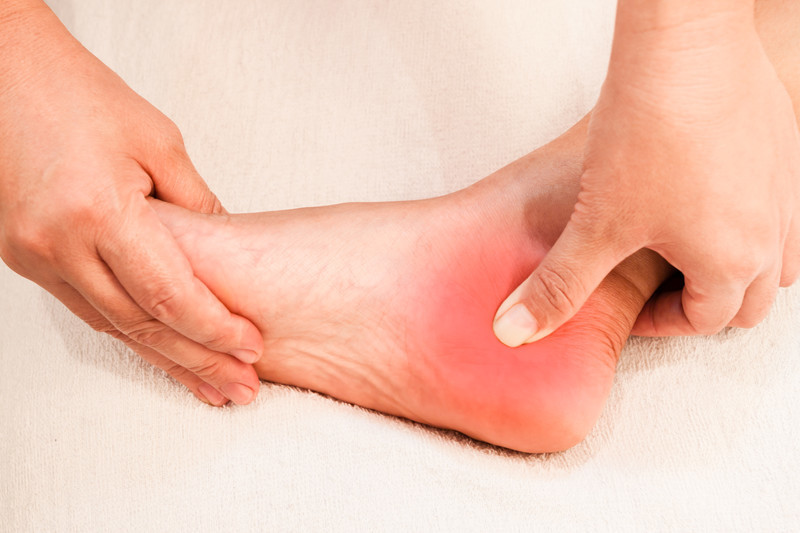
Plantar fasciitis is responsible for a quarter of all foot injuries affecting 10% of the population. Although symptoms may persist for months or even years, the majority of people respond very well with conservative management without the need for surgical intervention. I can speak to this from first-hand experience having dealt with it a few years ago!
The most common complaint with this condition is sharp, stabbing pain in the morning, especially with the first few steps after getting out of bed.
Really, any sort of long period of rest such as a car ride can be aggravating but the pain tends to lessen after taking a few steps. Other signs and symptoms include:
- Worse when standing for long periods of time
- Worse after exercise, but typically not during
- Pain when pushing off the back foot to swing the leg forward with walking – this is when the plantar fascia is at its tightest
- Better with more activity throughout the day and worse towards end of the day
We talked about common “causes” of plantar fasciitis last week but there are also other factors involved which can increase a person’s risk of developing this condition. These include:
- Type of activity – long distance running or running a lot on concrete or pavement
- Age – commonly between 40-60 years but not only limited to this range
- Obesity – extra strain placed on the plantar fascia
- Bunions – alters normal gait mechanics with walking or running
- Women – tend to have longer-lasting symptoms, may be due to hormones, shoe wear (high heels), or something else
- Shoe wear – improper support that doesn’t fit the mold of the foot
- Standing occupations – factory workers, teachers, construction, retail stores, food industry, etc.
.jpg)
.jpg)


